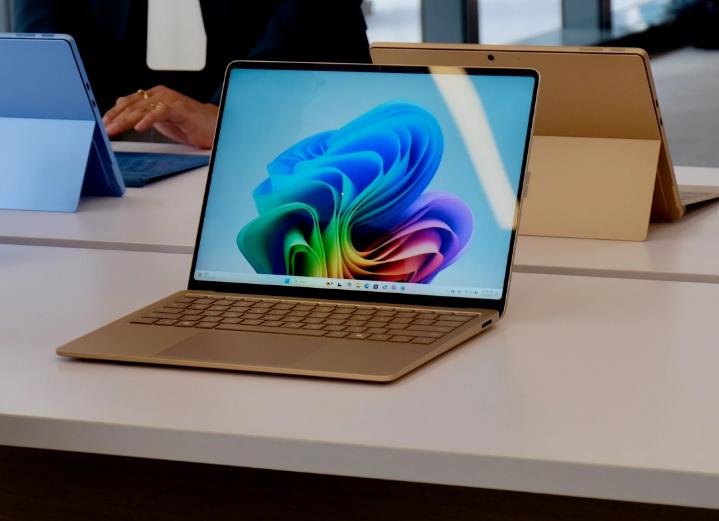Ola, the prominent ride-hailing company, has announced its departure from Google Maps, opting instead to utilize its own in-house navigation system, Ola Maps. This strategic move, spearheaded by Bhavish Aggarwal, co-founder and Chairman of Ola Group, is expected to save the company approximately ₹100 crore annually. The transition to Ola Maps follows the company’s recent shift from Microsoft Azure to its proprietary AI platform, Krutrim AI. Ola Maps promises enhanced features such as street view, neural radiance fields (NERFs), indoor images, 3D maps, and drone maps, aiming to provide a superior user experience.
Ola’s decision to exit Google Maps marks a significant milestone in the company’s journey towards self-reliance and innovation. By developing and implementing Ola Maps, the company aims to reduce dependency on third-party services and cut operational costs. Bhavish Aggarwal highlighted that this move would save Ola nearly ₹100 crore annually, funds that can be redirected towards further technological advancements and customer service improvements.

The transition to Ola Maps is part of a broader strategy to integrate more in-house solutions. This shift not only enhances control over the technology stack but also allows for more customized and efficient service offerings. Ola Maps is designed to cater specifically to the needs of Ola’s operations, providing more accurate and reliable navigation for drivers and passengers alike.
In addition to cost savings, Ola Maps offers several advanced features that were not available through Google Maps. These include neural radiance fields (NERFs) for better image rendering, indoor mapping capabilities, and the integration of drone technology for enhanced mapping accuracy. These innovations are expected to significantly improve the user experience and operational efficiency.
Enhancing User Experience with Advanced Features
Ola Maps is set to revolutionize the navigation experience for both drivers and passengers. One of the standout features is the integration of neural radiance fields (NERFs), which provide high-quality image rendering and more detailed maps. This technology enhances the visual representation of routes and landmarks, making navigation more intuitive and reliable.
The inclusion of indoor mapping capabilities is another significant advancement. This feature allows users to navigate complex indoor environments such as malls, airports, and large office buildings. By providing detailed indoor maps, Ola Maps ensures that users can find their way even in the most intricate settings, enhancing convenience and reducing travel time.
Drone mapping technology is also being incorporated into Ola Maps, offering unprecedented accuracy and detail. Drones can capture high-resolution images and data from various angles, creating comprehensive and up-to-date maps. This technology is particularly useful in areas where traditional mapping methods may fall short, such as remote or rapidly changing environments.
Future Prospects and Industry Impact
The launch of Ola Maps is expected to have a significant impact on the ride-hailing industry and beyond. By developing its own navigation system, Ola sets a precedent for other companies to follow, highlighting the benefits of in-house technological solutions. This move could inspire other ride-hailing and logistics companies to explore similar strategies, fostering innovation and competition in the market.
Looking ahead, Ola plans to continue enhancing Ola Maps with new features and capabilities. The company is already working on integrating real-time traffic updates, predictive routing, and advanced analytics to further improve the navigation experience. These developments will not only benefit Ola’s operations but also contribute to the broader field of geospatial technology.
The successful implementation of Ola Maps also opens up new revenue streams for the company. By offering its mapping and navigation services to other businesses and developers, Ola can monetize its technology and expand its market presence. This diversification strategy aligns with Ola’s long-term vision of becoming a leading technology provider in the mobility sector.








